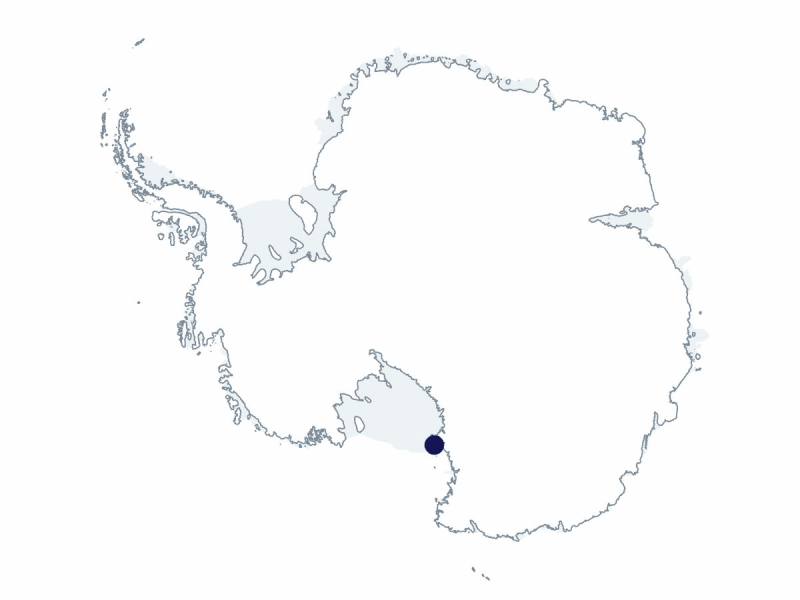2024-2025 USAP Field Season
Project Detail Project TitleObserving the atmospheric boundary over the West Antarctic ice sheet Summary
Event Number:
Program Director:
ASC POC/Implementer: Principal Investigator(s)
Dr. John Cassano
Location
Supporting Stations: McMurdo Station DescriptionAtmospheric warming, along with oceanic forcing, is contributing to ice sheet melt and hence rising global sea levels. The atmospheric boundary layer links the atmosphere and the surface of the Antarctic ice sheet. Within the atmospheric boundary layer the exchange of heat, moisture, momentum and other atmospheric constituents occur and are critical for climate processes such as ice sheet melt. An observational campaign with a small uncrewed aerial system component will be carried out using a 30 m tall tower (TT) near McMurdo Station. The 30 m TT will provide year-round observations of the lower portion of the atmospheric boundary layer while the sUAS campaign will allow profiling through the full depth of the boundary layer. Field Season OverviewThis group will conduct an observational campaign, focused on the atmospheric boundary layer over the Ross Ice Shelf, using an instrumented 30-m tall tower located outside McMurdo Station along Williams Field Road, approximately two miles from the Scott Base Transition. The field team will be based at McMurdo Station. Two participants will deploy and will work with Antarctic Support Contract riggers to deploy instrumentation onto the tower in early-December 2024. Note that this field deployment will be combined with that for another project, led by Professor Scott Salesky. An Uncrewed Aerial System field campaign will be conducted and will sample the near-surface boundary layer up to 1,000 ft in the 2025-26 season during WinFly. Deploying Team Members
|
2024-2025 Science Planning Summary



For USAP Participants |
For The Public |
For Researchers and EducatorsContact UsU.S. National Science FoundationOffice of Polar Programs Geosciences Directorate 2415 Eisenhower Avenue, Suite W7100 Alexandria, VA 22314 Sign up for the NSF Office of Polar Programs newsletter and events. Feedback Form |



